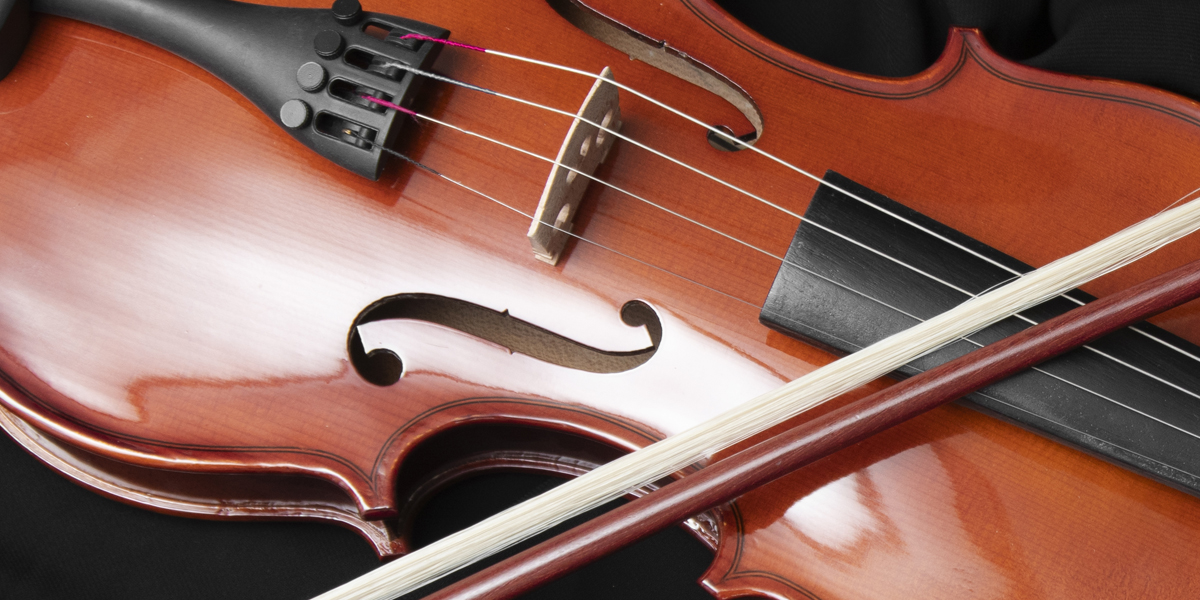The violin is a bowed string instrument with four tuned strings, a hollow wooden body, and a bright, expressive voice that carries over an ensemble. It is central to classical repertoire, folk traditions, jazz groups, and film scores, and it rewards precise technique with a wide dynamic range. Players evaluate instruments by responsiveness, stable tuning, tonal colour, and balanced projection. This guide presents the Top 10 Violin Brands in the World to help learners and professionals compare models, quality control, materials, and support. By understanding how makers shape sound through wood choice, arching, varnish, and setup, readers can match an instrument to skill level.
Yamaha
Yamaha builds consistent violins for beginners through advancing performers, with careful graduation, clean purfling, and factory setups refined by skilled technicians. Entry models focus on stability, easy tuning, and a clear midrange, while intermediate instruments add richer resonance and better projection for ensemble work. Selected spruce tops and maple backs are seasoned to resist movement in changing climates, which supports reliable intonation. Packages often include durable cases and bows that balance well for developing bow arms. Service networks and teacher familiarity make Yamaha a dependable path for students aiming for steady progress and predictable quality.
Eastman Strings
Eastman Strings is respected for hand carved workshops that blend traditional lutherie with modern quality control. Even student lines receive carved tops and proper internal graduation, which gives responsive attack and a warm, complex core. Intermediate and advanced models offer higher grade tonewoods, spirit or oil varnish options, and thoughtful setups with quality bridges and soundposts. The brand has orchestral presence because instruments speak easily under the bow without harshness. Accessories and trade up programs are common through dealers, helping players move from study level to conservatory readiness while maintaining familiar feel and balance. Dealer support is strong.
Suzuki
Suzuki manufactures a wide range of violins and is known for dependable student models used in method based instruction. Bodies are shaped for comfort, and fingerboards are dressed to support learning precise positions. The tone tends to be bright and focused, which helps articulation in group classes and youth orchestras. Durability and parts availability matter for school programs, and Suzuki meets that need with replaceable fittings and predictable sizing. As players advance, selected models introduce higher grade maple backs, improved bridge fitting, and better strings, all of which increase projection and colour without abandoning playability.
Stentor
Stentor is a popular United Kingdom brand supplying reliable instruments to schools and community programs. Its Student and Graduate models emphasise robust build, ebony fittings, and setups that hold their adjustment, which reduces maintenance burdens. The tone profile is balanced and slightly bright, enabling clear ensemble blend without getting lost under stronger sections. Outfits include functional cases and bows that can withstand travel and practice demands. Higher series bring improved arching, better bridges, and more resonant plates, offering learners a step toward expressive phrasing while keeping costs manageable for families and institutions. Dealer support is broad.
Hofner
Hofner, founded in Germany, builds instruments with European tonewoods and a focus on clean craftsmanship. Student options present a centered, articulate sound that encourages accurate intonation, while advancing models add depth and sustain for solo and chamber music. Attention to fingerboard planing and bridge curvature supports smooth string crossings and consistent bow contact. Varnish work is neat and durable, protecting plates while allowing vibration. Hofner has a long history in orchestral strings, giving teachers confidence in sizing, parts, and setup standards, making the brand a sensible choice for method programs and individual learners alike. Distribution remains reliable worldwide.
Scott Cao
Scott Cao instruments are admired for workshop builds inspired by classic Cremonese patterns with careful arching and graduations. Student and intermediate violins benefit from hand carved plates and tasteful antiqued finishes that do not restrict resonance. The sound is typically warm yet clear, with a singing A string and supportive lower register that suits lyrical playing. Setups often include quality bridges, soundposts, and strings chosen to complement each model, reducing the need for immediate upgrades. For advancing players who want musical nuance without custom boutique pricing, Scott Cao offers strong value and consistent tonal character across sizes.
Gliga
Gliga from Romania is known for rich, mellow tone produced by Carpathian spruce tops and figured maple backs. Workshops carve plates by hand and fit ebony components carefully, which promotes secure shifting and stable tuning. The varnish is attractive and thin enough to let plates move freely, adding sustain and colour. Beginners appreciate the forgiving response, while ensemble players value projection that does not sound harsh in bright rooms. As models progress, better wood selection and refined graduation yield increased complexity, giving students a satisfying upgrade path that remains familiar under the left hand and bow.
D Z Strad
D Z Strad offers workshop made violins that appeal to advancing students seeking a resonant, mature sound at modest cost. Models are hand carved, then adjusted with quality bridges, pegs, and strings so that the instrument plays well immediately. The tone tends toward warm and projecting, with good sustain on the D and G strings and clear response on the E. Consistent setup reduces teacher time spent on repairs, which is why the brand appears frequently in studio recommendations. Outfits include protective cases and carbon composite bows on some packages, giving players dependable gear for lessons and performances.
Knilling
Knilling is recognised for school friendly design and stable performance, including the Perfection style geared pegs found on many models. Geared pegs make tuning precise and accessible, which keeps students playing in tune and reduces frustration. Plates are carved for reliable projection, and fingerboards are dressed to support accurate hand frames. The brand provides setups known for durable bridges and string choices that balance clarity with comfort under the fingers. Knilling has distribution into education programs, which means parts, sizes, and service are easy to source, making it a practical selection for orchestras and private studios across regions.
Cremona
Cremona, distributed by Saga, supplies accessible instruments that help beginners start with correct posture and sound production. Lightweight bodies and sensible neck shapes assist endurance in early practice sessions. Despite entry level pricing, the brand pays attention to nut heights, bridge fitting, and soundpost placement so that notes speak cleanly. Outfits usually include shaped cases and dependable bows, simplifying first purchases for families. Upper models introduce improved spruce and maple, richer varnish work, and better strings, letting a committed student develop tone and control before considering custom luthier builds or vintage instruments. Availability is strong through many dealers.

